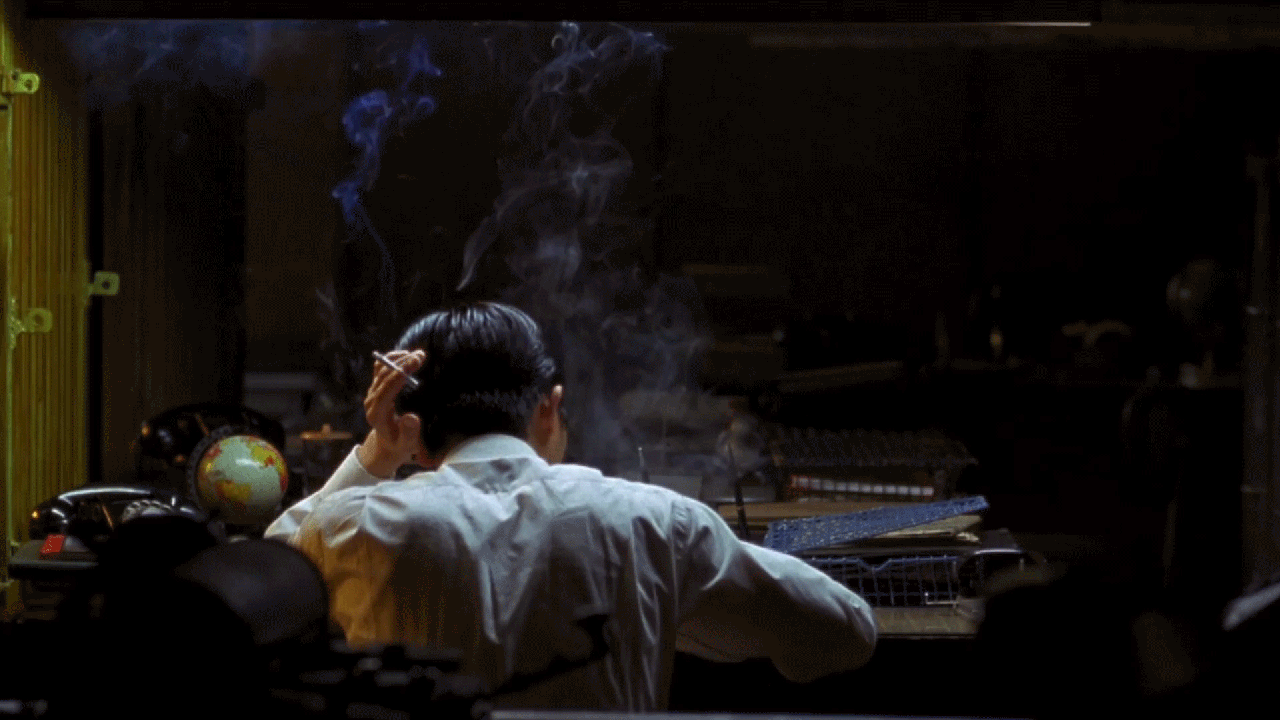Discovery
This article was pitched as a relaunch of The New Yorker’s Touchstones series, a platform for the magazine’s writers to reflect on experiences and art formative to their development. Kyle Chayka selected Wong Kar Wai’s 2000 masterpiece “In the Mood for Love.” I had not yet gotten around to watching the film, but having coincidentally rewatched Zhang Yimou’s wuxia epic “Hero” a few weeks earlier, I was more than happy for the opportunity to sit down with Cheung and Leung’s signature performances. I was even more excited to be able to lead the visual direction of Chayka’s piece analyzing and celebrating it.
After watching the film a few times, several motifs and themes stuck out to me as important and having potential to be incorporated into the interactive. I created mood boards of potential themes and design tactics. Chayka shared written sketches around his own thematic ideas and meditations, some from the film and some from his personal history. These early concepts facilitated conversation and collaboration between the interactives team, Chayka, and editor Alex Barasch. As the article took shape, these early concepts either evolved or exited.
Process
Creating wireframes and prototypes helped to refine pacing, visual rhythm, and communicate early interaction ideas to collaborators across disciplines. Working iteratively allowed preliminary engineering to commence even while the media selection, edits, and written drafts continued.
In addition to leading the design, I contributed front-end code and aided in the creation and organization of media for production. I revised designs from low to high-fidelity in the form of compositions and prototypes as feedback came in from engineers, fact-checkers, editors, and as the article itself was finally completed.
Reception
As a relaunch to the Touchstones series, the team wanted this piece to take a big swing. Public reception was overwhelmingly positive: inspiring a few blog and many social posts, required reading at hyperallergic.com, and even a mention on criterion.com. In February 2024 the piece earned The New Yorker a National Magazine Award for Best Digital Design.







